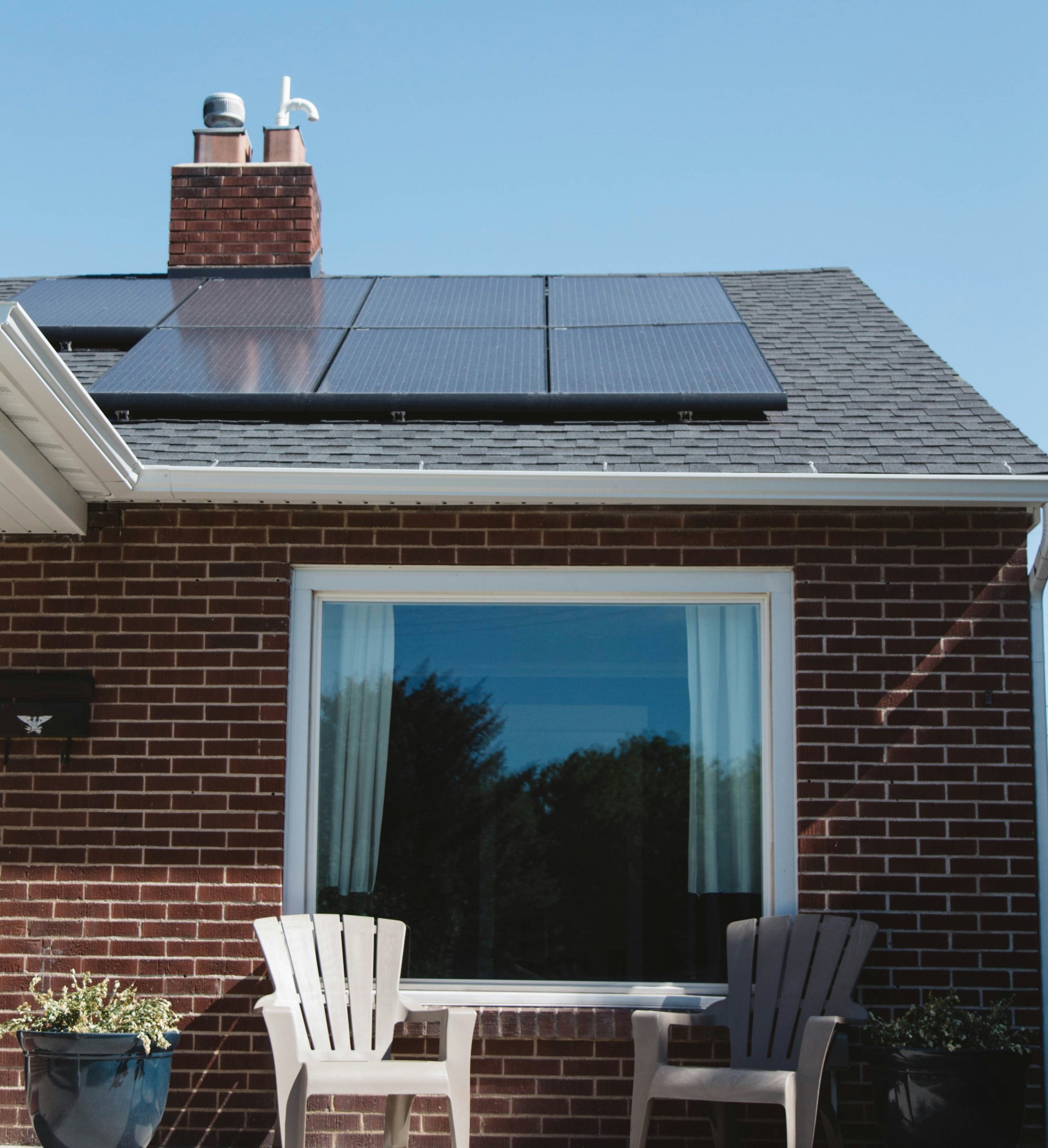Isolated system

Perfect for remote locations
An isolated setup of solar panels, also referred to as a standalone photovoltaic system or off-grid system, provides electrical power independent of the conventional electrical grid.
Assessment of energy needs
is the daily energy consumption required at the installation site, considering all electrical devices, such as appliances and lights, that will be used.
Click Here
System design
The photovoltaic system is designed considering the energy needs, determining the size and number of solar panels, as well as the type of batteries and inverter required.
Click Here
Components selection
After designing the system, the essential components are chosen, such as solar panels, batteries, inverters, charge controllers, cables and mounting accessories.
Click Here
Solar panels installation
The solar panels are installed in a suitable location and with the optimal orientation to capture the maximum amount of sunlight.
Click Here
Installation of batteries and other components
Batteries, inverter, charge controller and other components are installed in a safe and weather-protected location.
Click Here
Wiring and connection
Electrical connections are made between the components of the solar system and the devices that will use the energy generated by the photovoltaic system.
Click Here
Testing and start
Once the installation is completed, tests are performed to ensure that the system is working properly and the final deployment is carried out.
Click Here
Training & Maintenance
Training is provided to the owner or users of the system on proper operation and maintenance. This may include tasks such as regular cleaning of the solar panels and monitoring.
Click Here
Previous slide
Next slide